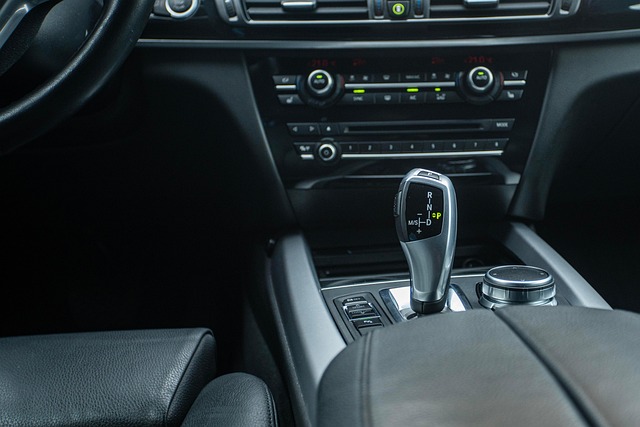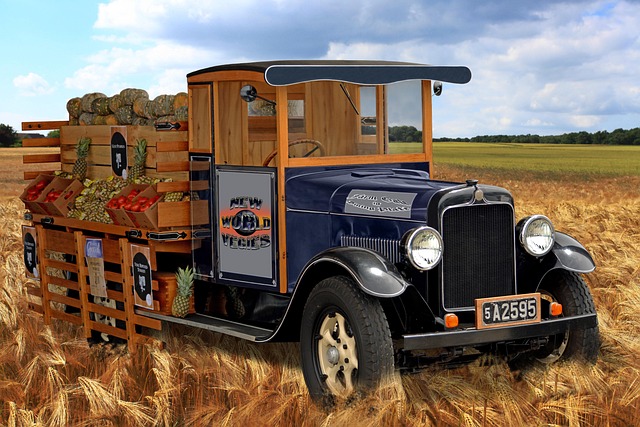Looking to register your car in California? This comprehensive guide breaks down the process step-by-step, ensuring a smooth transition. From understanding crucial requirements like DMV vin verification to gathering all necessary documents, you’ll learn everything needed for a successful registration. We cover the application process, fee payment, and plate receipt, empowering you to navigate California’s car registration with ease.
- Understand California Car Registration Requirements
- Gather Necessary Documents for DMV Visit
- Perform VIN Verification: Steps and Importance
- Complete Application Process at the DMV Office
- Pay Registration Fees and Receive Your Plate
Understand California Car Registration Requirements

Before registering your car in California, it’s crucial to understand the state’s specific requirements. The California Department of Motor Vehicles (DMV) mandates that all vehicles operating within its borders be properly registered and inspected to ensure they meet safety standards. This process involves a comprehensive inspection, including a DMV VIN verification, to confirm the vehicle’s identity and history.
A key aspect is ensuring your car passes the emissions test, which checks for pollutants and helps maintain clean air quality. Additionally, a mobile vin verifier or alternative vin inspection might be required to verify the vehicle’s unique identification number (VIN), enhancing transparency and security during the registration process.
Gather Necessary Documents for DMV Visit

Before visiting the DMV to register your car in California, make sure you gather all the necessary documents for a smooth process. One crucial document is the Vehicle Identification Number (VIN) verification, which can be done through a dmv vin verification or even a mobile vin inspection. This step ensures that your vehicle matches the details on its title and registration.
Additionally, you’ll need essential papers like the title certificate from the previous owner, proof of insurance, and a valid driver’s license. It’s also beneficial to have maintenance records and any service receipts, as these can speed up the inspection process. For a mobile vin verification, you can conveniently arrange for an inspector to visit your location, ensuring yet another hassle-free aspect of car registration in California.
Perform VIN Verification: Steps and Importance

Before registering your car in California, performing a Vehicle Identification Number (VIN) verification is a crucial step. This process involves checking the vehicle’s history and authenticity using its unique VIN code. You can do this through a mobile vin inspection or by utilizing a mobile vin verifier. Start by obtaining your car’s VIN from the vehicle’s registration documents or the frame/engine compartment. Then, access the official DMV (Department of Motor Vehicles) website or an authorized third-party service to initiate the verification process.
The importance of this step cannot be overstated. A VIN inspection ensures that the vehicle matches its listed specifications and has not been reported stolen or had its identity tampered with. It also helps verify the car’s ownership history, ensuring that all legal documents are in order. This is especially vital when buying a used car to prevent fraud and ensure you’re making an informed decision. Proper VIN verification is a key component of California’s car registration process and will help maintain the integrity of the state’s vehicle records.
Complete Application Process at the DMV Office

To complete the car registration process in California, you’ll need to visit a DMV office and submit all required documents. This typically involves filling out Form DMV-123 (or its equivalent) and providing proof of insurance, vehicle ownership, and identification. One crucial step is the DMV VIN verification, which ensures that your vehicle’s unique identifier matches the records.
A mobile vin verification or mobile vin inspection service can be particularly useful if you’re unable to visit a DMV in person. These services offer convenience by allowing you to complete the VIN verification process from anywhere, saving you time and potential trips. They work just as effectively as traditional methods, ensuring your vehicle’s information is accurately checked against state records.
Pay Registration Fees and Receive Your Plate

After completing your vehicle’s registration application, it’s time to settle the fees. The California Department of Motor Vehicles (DMV) charges a base fee for registering your car, which varies depending on the type and weight of your vehicle. Additional fees may apply if you’re transferring a plate or registering a vehicle with a salvage title. Once all fees are paid, the DMV will process your application and conduct a DMV vin verification to ensure the Vehicle Identification Number (VIN) is accurate and matches the make, model, and year of your car.
Upon successful vin inspection, the DMV will issue your vehicle registration plates. You can choose between standard license plates or specialized plates based on your preferences and vehicle type. After receiving your plates, make sure to display them prominently on your vehicle as required by California law. Always keep your registration papers handy for future reference and proof of ownership. Consider using a mobile vin verifier to simplify the process further and ensure accurate record-keeping throughout your car’s lifecycle.
Registering a car in California involves understanding state requirements, gathering essential documents, and completing a straightforward application process. Always ensure accurate information for a smooth DMV visit. Remember, proper documentation and a valid vehicle identification number (VIN) verification are crucial steps before paying registration fees and receiving your personalized license plate. Stay informed to navigate the process efficiently.
